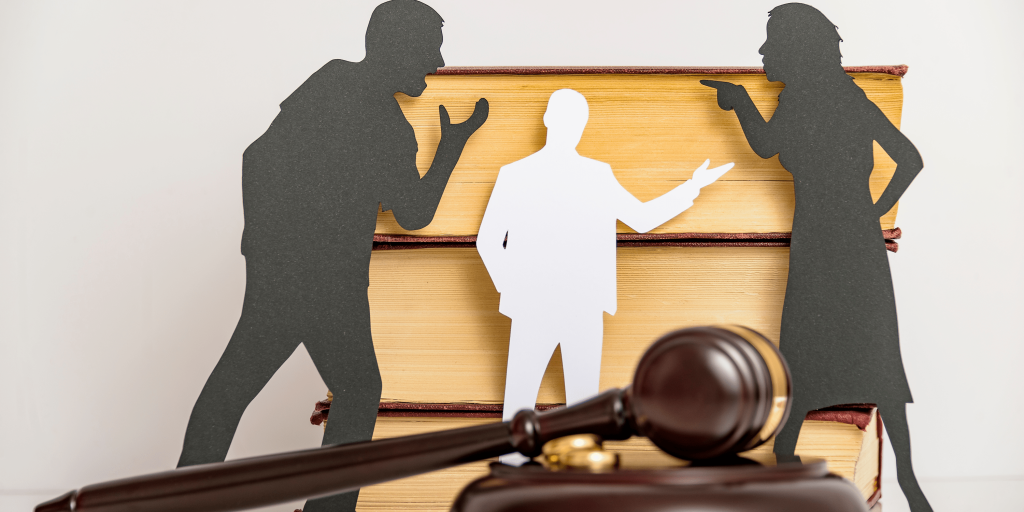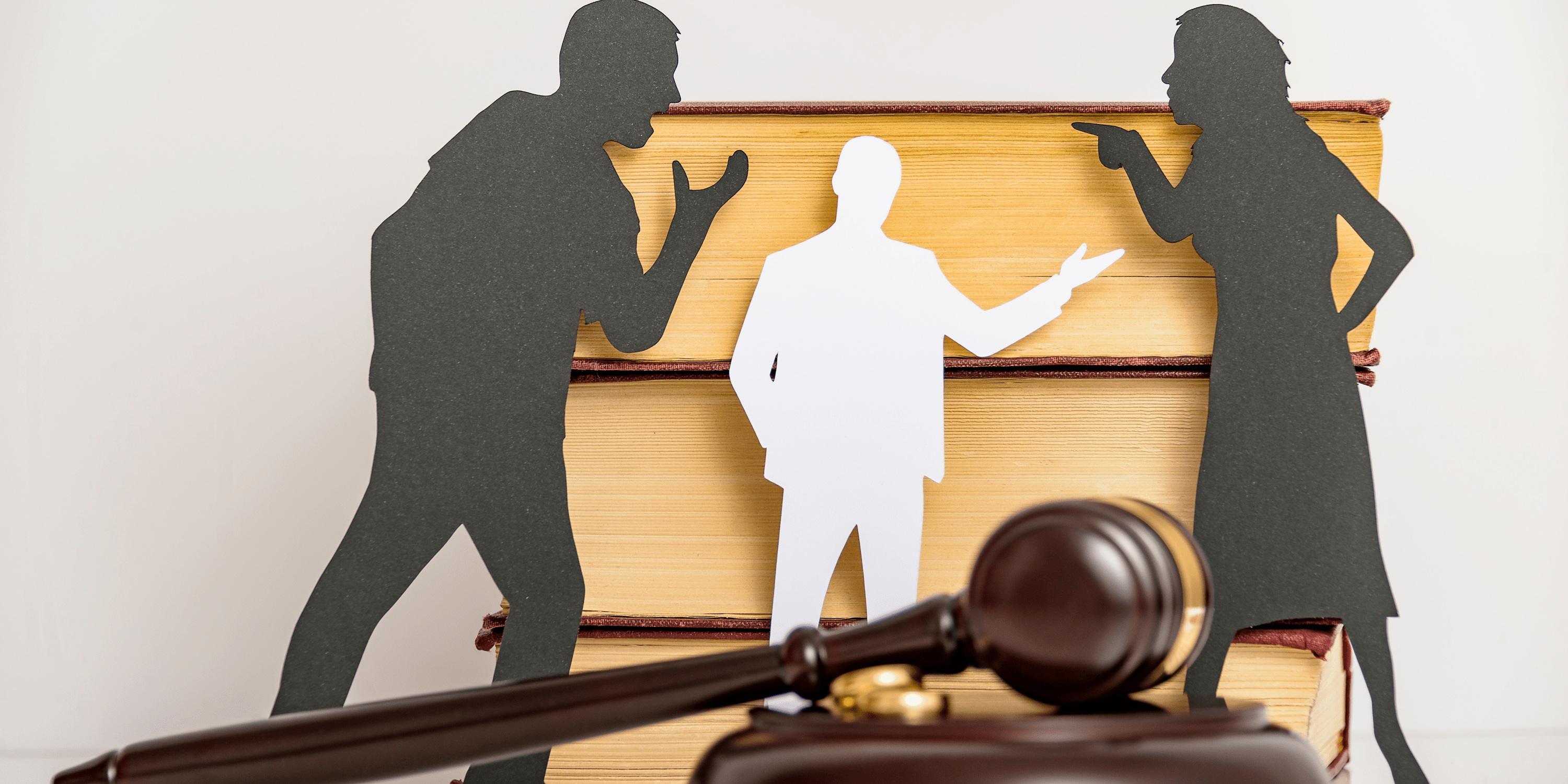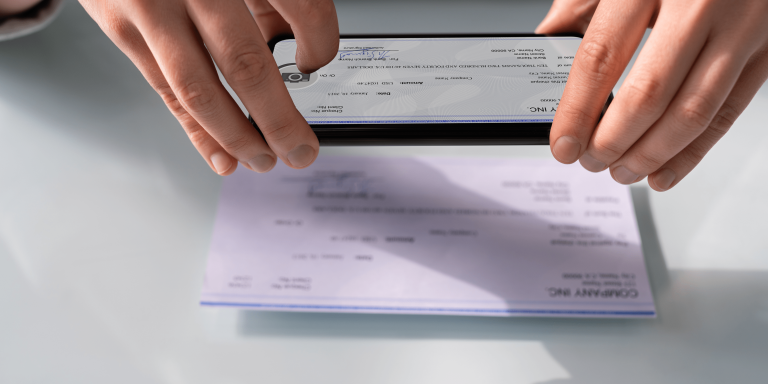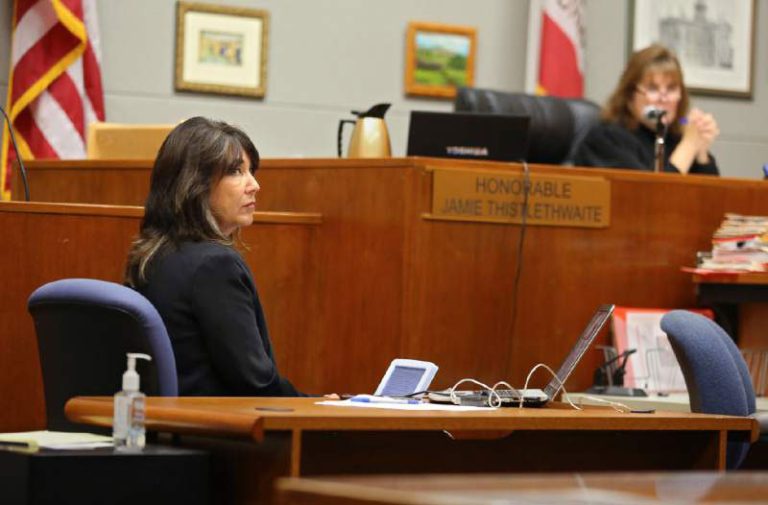Welcome to the digital age, where time and distance are diminishing. Video conferencing has shrunk the planet by linking people from around the world with a click. Video conferencing is transforming the legal system as well as enterprises.
Imagine hearing testimony from witnesses hundreds or thousands of miles away without them having to travel or disturb their routines. Video conferencing allows courts and legal experts to do that, modernizing testimony collection.
We will examine how video conferencing is revolutionizing courtrooms and remote testimony. We’ll discover why this technology is gaining popularity at an unprecedented rate, from saving time and money for all parties to its impact on court systems globally.
Advantages of using video conferencing for testimonies over traditional methods
Legal proceedings are time-sensitive. In the past, arranging for witnesses to travel far to testify was difficult and expensive. Thanks to video conferencing, this old problem has been solved.
Video conferencing for testimonies removes geographical restrictions. From across town or the country, witnesses can now testify. This saves them time and money on trips and ensures that all parties can quickly access their findings.

Schedules and logistics are more efficient with video conferencing. Traditional court proceedings are typically delayed by clashing schedules or unanticipated events that prevent witnesses from testifying. Video conferencing allows testimonies to be held without interruptions.
Additionally, video conferencing for testimony has economic benefits. Avoiding travel costs like flights, hotels, and transportation can save a lot. This preserves fairness and accuracy while making justice more affordable and accessible.
Video conferencing provides better security than courtrooms or deposition facilities. Remote testimony sessions use encrypted connections and stringent standards to protect confidentiality.
Using video conferencing to hear witnesses remotely has many advantages over traditional methods utilized by courts worldwide. It reduces expenses and eliminates geographical and logistical hurdles, improving the court system.
How video conferencing saves time and money for both parties involved
Video conferencing has transformed communication and collaboration, so it’s no wonder that it’s being used in law. A major benefit of video conferencing for testimony is saving time and money for both parties.
Traditionally, witnesses had to travel far to testify, which was time-consuming and expensive. Video conferencing allows witnesses to testify remotely. This eliminates expensive flights, hotels, and food.
Video conferencing saves time and money on trip. Witnesses can log into a video conference from anywhere to attend court hearings instead of traveling for hours or days. This optimizes legal process time for everyone.
Video conferencing also decreases scheduling delays. Traditional techniques that required witnesses to present in court on specified days and times that did not fit their schedules sometimes led to rescheduling requests, which delayed proceedings. Video conferencing helps judges adapt to different schedules, reducing postponements.
The impact of video conferencing on court proceedings and the justice system
Video conferencing has revolutionized court procedures and the justice system. This technology allows judges to hear testimony from witnesses who cannot travel or attend in person.
Video conferencing makes hearings and trials more flexible. No longer must attorneys and judges negotiate several parties’ availability, book flights, or commute vast distances. They can save time and money by video conferencing from their locations.
Video conferencing has also helped protect legal participants. Remote testimony is safe for witnesses who fear punishment or intimidation. This function also eliminates transferring high-risk prisoners to courtrooms.
Courts can speed up logistically difficult processes by allowing distant testimonies via video conferencing. This helps busy schedules and lowers justice system backlog.
Video conferencing lets attorneys discuss evidence with remote witnesses, improving trial efficiency. This seamless information transmission improves legal team coordination and reduces physical document exchange disruptions.
Video conferencing has transformed court testimony in our modern judicial system. We should expect additional inventive ideas to increase access to justice for all parties as technology advances rapidly.
Case studies of successful implementation in various courts and legal settings
Video conferencing has revolutionized remote testimony in courts and legal contexts. Let’s examine some amazing video conferencing success stories.
In one example, a remote county court used video conferencing to hear expert testimony from another state. This saved a lot on travel and lodging. Video conferencing enabled smooth communication between all sides, ensuring a fair and efficient trial.
Similarly, a large metropolitan court system effectively used video conferencing. This technology allowed courts to contact jailed witnesses without having them present. This lowered security threats and jail facility interruptions.
These case studies show how video conferencing can improve court efficiency and fairness. Each jurisdiction confronts distinct problems when adopting new technology like these, thus considerable preparation and attention should be given before full-scale adoption.
Potential challenges and limitations of using video conferencing for testimony
Video conferencing has expanded judicial processes and testimony, but also has drawbacks. Technology reliability may be an issue. Technical difficulties or connectivity concerns can impair testimony and communication quality. Having a backup plan is crucial for these circumstances.
Distractions during remote testimonies are another issue. When witnesses are not present in the courtroom, they may be distracted by their surroundings or neighboring activity. This may affect their testimony accuracy and focus.
Video conferencing for testimony raises privacy and security problems. As breaches could damage legal processes, confidential information must be protected throughout the process.

Video conferencing may not capture non-verbal signs or body language, which may alter how judges or juries evaluate witness credibility or emotions.
Remote testimony access discrepancies must be considered. Not everyone has adequate internet connections or suitable technical gadgets for video conferencing, which could lead to unequal possibilities for some legal participants.
Future possibilities and advancements in technology for remote testimonies
As technology advances and court proceedings become more efficient and accessible, video conferencing for remote testimony has a bright future. We may expect more innovative methods to improve remote court proceedings as technology advances.
Integrating VR into video conferencing services is an exciting prospect. Imagine a world where witnesses can testify in a digital courtroom from home. This might cut travel expenses and time while preserving courtroom efficiency.
AI may also simplify remote testifying. AI might automatically transcribe live video conference speech, removing the need for note-taking or post-session transcription. This would save lawyers, judges, and others time.
As global internet connectivity improves, video conferencing becomes increasingly accessible. Rural residents and those unable to travel for health or logistical reasons can now testify remotely.











